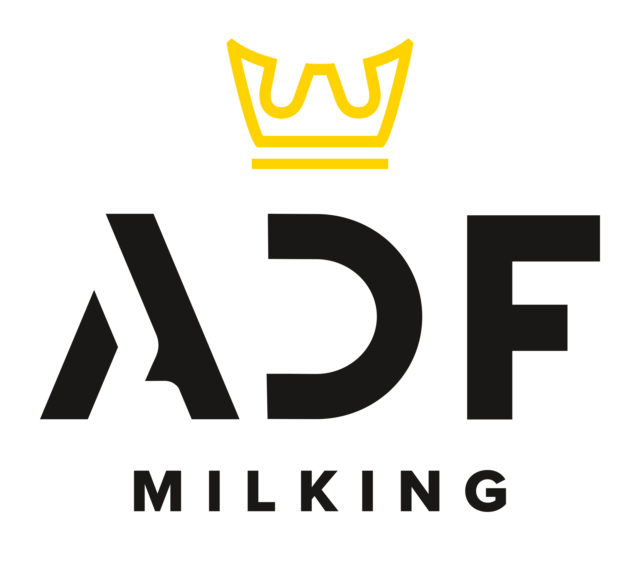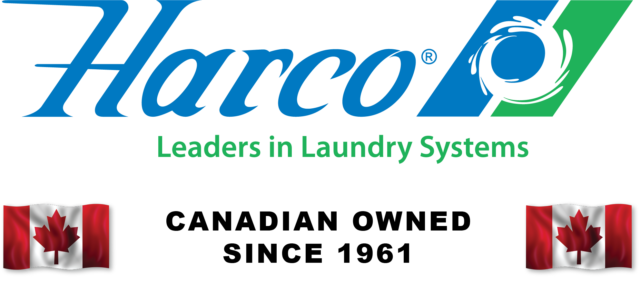How often should you do an audit in your milking parlor and adjust your protocols? Let's analyze a few different dairies around the country and consider the success they saw when conducting an audit.
Wisconsin
This dairy gained more milk in the first two minutes and a shorter overall duration simply by adjusting the lag time in the prep routine. By all outside measures the dairy was doing fine before we made any changes. But with the audit and subsequent change to prep routine, they improved the two-minute milk flow rate and gained shorter overall durations. These gains were basically just waiting for someone to "find them" and make them a reality.
On this dairy, the manager and I frequently look at parlor data, such as two-minute milk flow rates, and also walk the parlor to visually assess performance. We have the advantage of very specific parlor data on the computer combined with one of us regularly being present in the parlor. Basically, we are continually auditing this parlor. This is the ideal situation.
South Dakota
A dairy in South Dakota gained turns per hour by improving the prep routine to include sufficient stimulation. At five turns per hour in their double-45 parlor, they were milking 450 cows per hour. With the improved prep routine, they were able to gain a full turn per hour, or 540 cows per hour.
Let’s assume they were making 90 pounds of milk. Four hundred and fifty cows per hour times 20 hours equals 9,000 milkings. Five hundred and forty cows per hour times 20 hours equals 10,800 milkings. At 90 pounds, that equals a 162,000-pound difference in potential daily production that the parlor is capable of.
The dairyman could milk more cows if so desired. There would also be the option to milk the same number of cows but have more time for washing and maintenance. Improved efficiency gives you options. Audits can help do more than find problems or increase production; they may lead to more freedom within your current production model.
In this instance, the dairy simply needs to monitor start and finish times based on the number of desired milkings. If the employees are staying on time, and the pounds of milk are consistent, the goal is being accomplished. This also is an example of "continuous" auditing.
Colorado
This dairy in Colorado required cleaning up the parlor and prepping the cows better to reduce exposure to bacteria, thus improving somatic cell counts (SCC).
For the sake of this discussion, let’s say their 300,000 SCC milk was worth $19.75 per hundredweight (cwt). Let's say their 160,000 SCC milk was worth $20 per cwt. Let’s assume they were making 80 pounds. Two thousand cows making 80 pounds at $20 equals $32,000 per day. Two thousand cows at $19.75 equals $31,600 per day. That’s a $400-per-day, $12,000-per-month or $144,000-per-year difference simply due to the improved SCC. These are hypothetical milk values, but they illustrate the point well. Plug in your real numbers and calculate the potential gains you could be sitting on.
How often should they do an audit? Because SCC was the focus, whenever they notice the SCC beginning to creep up, they should stop and take a hard look at what has changed. The SCC will not remain low unless the original changes are adhered to. In this case as well, they are continually auditing their parlor cleanliness and prep procedure by watching the SCC daily.
Idaho
A dairy in Idaho was dealing with chronic late letdowns as a result of an uncomfortable vacuum setting. When adjusted, the cows stopped anticipating the uncomfortable vacuum and began letting down immediately.
By creating a more comfortable experience for the cows, the dairy not only reduced stress on the teat ends and shortened durations, but the milking parlors became better places to work for the employees. Comfortable cows enter the parlor more willingly and they defecate less. Cows that are easier to move generally result in calmer employees, thus, in turn, causing employees to handle the cows with more patience in the first place. It also naturally results in better udder prep.
The potential gains from this audit will grow exponentially for as long as the dairy chooses to take advantage of it. My co-worker and I were called to do this audit specifically to find a problem. To this point, sometimes audits are done on an as-needed basis when there is a problem.
How often should you audit your parlor, and when should you adjust protocols?
Many of the wisest people in history have often answered a question with a question. I will borrow from their example and answer this question by asking, “What goals do you have for your parlor and your dairy as a whole?"
As the late, great Zig Ziglar used to say, “You cannot hit a target you do not have.” In simple terms, you need to know what you’re trying to accomplish before you go out and try to accomplish something. Gone are the days of simply working hard in a general sense. You need to define specifically what you are trying to accomplish in your parlor and on your dairy as a whole. Once you know what your goals are, you will easily be able to decide on your own system and frequency for auditing and making protocol changes.
Are you satisfied with your parlor performance, your milk quality and your employees? Do you have specific goals for milk production? In the age of quota, making more milk might not be a good goal. You may want to focus more on reducing the cost of production, for example. If you are currently milking 3X, does milking 2X make more financial sense for your dairy? Think outside the box. Do you have specific goals for maximizing the efficiency of your parlor? Do you need more time to wash, perform maintenance checks or potentially milk more cows?
Do you have specific goals for milk quality and udder health? How much are you missing in your milk check due to your SCC and mastitis cows? Do you know specifically what the different SCC tiers pay at your milk plant? When was the last time you ran the numbers on how much more you could be making if you hit the next quality/SCC bracket? Are your employees functioning as a team? Maybe you’d like to improve morale, employee longevity and employee performance.
It’s been my experience that many owners and managers become so busy with their daily to-do list, they may not take the time to step back and look at the big picture.
How much money could you save by retaining employees for longer periods of time rather than dealing with constant turnover? How much better could your throughput be if you got your equipment dialed in and improved your prep routine?
The difference between a desire and a goal is simply a plan. Once you know your goals and create a plan to accomplish them, you will naturally get into a rhythm of auditing on a time frame that works for your individual dairy.
The next significant component in accomplishing your goals is having your entire team on board with you. Everyone needs to be pulling in the same direction.







